Nearly six months ago, September 2012, the New York City Board of Health approved changes that:
... would establish maximum sizes for beverages offered and sold in FSEs (food service establishments). The limits would apply to cups and containers used for sugary drinks. The limits would also apply to all self-service cups and containers, regardless of intended contents.
Last week, the New York Chapter of the NAACP and the Hispanic Federation filed an amicus brief supporting a lawsuit that would block the enactment of the soda ban, scheduled to take effect in March. The soda ban would prohibit the use of containers for sweetened drinks over 16 fluid ounces from eating establishments -- those regulated by the Health Department. Convenience stores (such as 7-Eleven), supermarkets and grocery stores are exempt. The argument is that minorities are disproportionately affected because FSEs such as street carts, restaurants, bodegas, fast-food franchises are predominately minority-owned.
Yes, there significant loopholes, but we cannot deny that the mayor has a point.
A 2006 article in the American Journal of Preventive Medicine, "Ice Cream Illusions: Bowls, Spoons, and Self-Served Portion Sizes," describes the bias created by container size. A mix of faculty, graduate students, and staff members from the Department of Food Science and Nutritional Science of a Midwestern university were invited to an ice cream social.
What happened?
• People given large bowls served themselves 31 percent more
• Increasing the size of their serving spoon by 50 percent increased the amount they served by 14.5 percent.
• A combination of a large bowl and a large serving spoon increased their self-serve ice cream portions by 56.8 percent more ice cream than the self-serve portion of those given a smaller bowl and a smaller serving spoon.
A startling behavioral observation was that even nutrition experts, such as faculty members in the study, were generally unaware of having served themselves more. This matters even more when you consider that people eat 92 percent of the food they serve themselves.
It gets scarier.
Brian Wansink, a food psychologist and the director of the Cornell Food and Brand Lab, notes in his book, Mindless Eating Why We Eat More Than We Think, that we make more than 200 food-related decisions a day. Most of the decisions are made without thinking about them.
Research conducted by Brian Wansink and K. Van Ittersum (Georgia Institute of Technology) refers to "portion distortion" occurring in supermarkets, restaurants and homes. In supermarkets, the number of larger sizes increased 10-fold between 1970 and 2000, in restaurants, the jumbo portions were consistently 250 percent larger than the regular portion. At home, the average dinner plate has increased 36 percent since 1960, and in the 2006 edition of the Joy of Cooking, the serving size of some entrees increase by 62 percent compared to the recipe measurements for the 1920 first edition.
It sounds deceivingly simple, but a smaller plate means a smaller serving. So long as the plates are not so small that you go back for second servings, you will likely intake fewer calories.
What to do?
The container size limitation for sugary drinks isn't perfect. Unlike the smoking ban, there are maddening inconsistencies with exemptions. Convenience stores, supermarkets and grocery stores are exempt. Drinks classified as "milk-based," which are beverages that contain 50 percent milk, are exempt as well. You can still get your 1,000 calorie mocha whatever. By the way, alcohol is exempt.
The NAACP and the Hispanic Federation agree that obesity is a major problem in their communities and requires a comprehensive approach that includes health education and tools to support better dietary decisions. But the NAACP amicus brief opposing enactment of the soda ban is based on an economic argument that the ban creates unfair competition conditions for minority business owners.
Address the business concerns head on. If minority businesses are unduly burdened by the ban's exemptions, level the playing field to include convenience stores, and it would not hurt to tighten up "milk-based."
The piece was co-authored with Khadija Rejto, the managing director of Solutions International Advisors, a global firm providing strategic planning, management and monitoring services to support philanthropists and impact investors around the world. She is also the president of the board of the FXB Foundation. Prior to founding Solutions, Khadija served as the representative of the World Health Organization's (WHO) Health Action in Crises Unit to the United Nations and a director at International Medical Corps. She also held financial management positions at Harvard University and One Beacon Group/CGU. Khadija earned a masters degree in law and diplomacy from the Fletcher School, a diploma in International Law from the Graduate School of International Studies in Geneva, Switzerland, and an undergraduate degree in finance with highest honors from Northeastern University.
For more by Michael Seo, click here.
For more health news, click here.